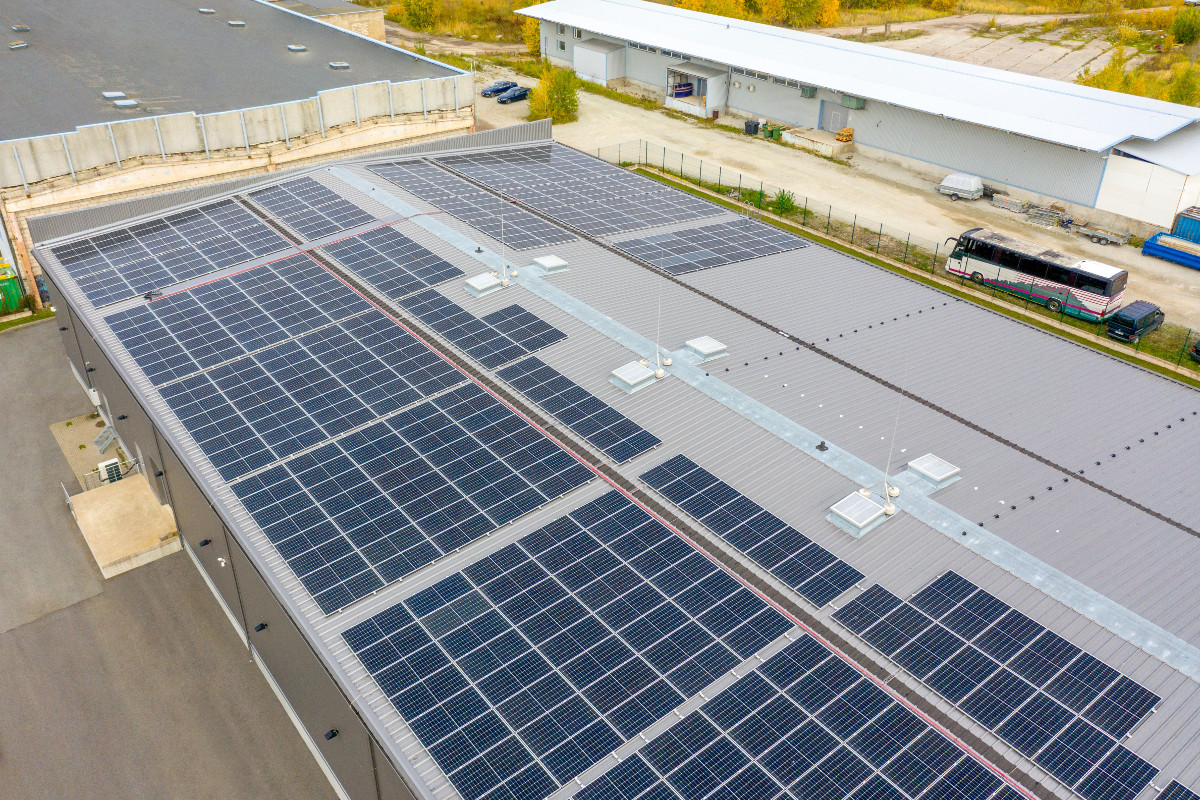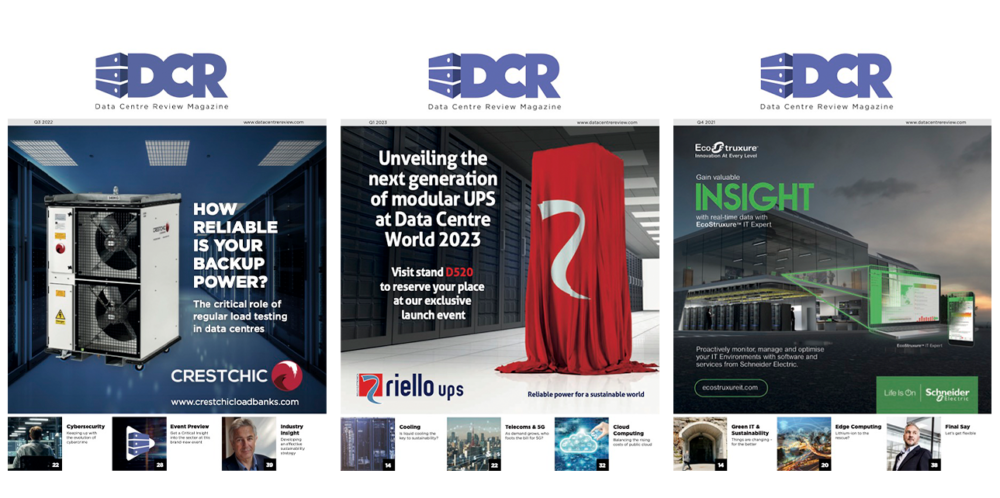‘Island mode’ power systems may offer the independence and resilience the UK’s fast-growing data centre industry urgently needs, according to Chris Connors, Project Sales Director, and John Kinstrie, Energy Solutions Director, at DTGen.
As the UK’s data centre industry continues its rapid expansion, developers face mounting challenges in securing reliable and resilient power sources. With the demand for cloud computing, AI processing, and hyperscale facilities growing exponentially, ensuring continuous power availability has become a top priority. However, limitations in grid capacity, rising energy costs, and sustainability pressures are creating obstacles for future data centre developments. To navigate these challenges, we are exploring the feasibility of island mode power systems as a viable and sustainable solution.
The growing power challenge for data centres is becoming increasingly difficult to navigate. Power, connectivity, cooling, and security are non-negotiable elements of data centre design, and power resilience remains a top priority. However, obtaining a suitably sized grid connection is proving to be a significant hurdle, with some regional electricity providers quoting lead times of months or even years before they can meet the necessary power demands.
At the same time, delays in the availability of large-scale standby generators are creating further bottlenecks for new developments with some manufacturers indicating lead times of up to 24 months. The knock-on impact of this is inevitably lost revenue for the data centre operator as go-live dates are pushed back.
To address these challenges, we are working closely with equipment manufacturers to implement alternative modular solutions that can be delivered faster.
According to National Grid, data centre power consumption is expected to increase six-fold over the next decade, placing enormous strain on the network. One of the most pressing issues is grid capacity constraints, particularly in London and the South East, where limited grid availability is already delaying new projects.
As power demand continues to rise across both residential and industrial sectors, the pressure on the existing infrastructure intensifies. Securing backup power solutions, such as large-scale standby generators, is becoming more difficult due to supply chain constraints, while the ongoing shift toward renewable energy and decarbonisation adds further complexity in ensuring a stable power supply.
Rising energy costs and the increasing risk of grid instability present additional challenges. Extreme weather events and peak demand fluctuations heighten the likelihood of power outages, making resilience planning even more critical.
Meanwhile, sustainability and carbon reduction targets are pushing operators to explore low-carbon alternatives. The UK’s net zero commitments require data centres to reduce their carbon footprint and integrate renewable energy sources. In response, operators are looking at options such as battery storage and renewable energy integration to align with environmental standards.
Planning and land availability also pose significant obstacles. The planning process is often lengthy, with strict regulations delaying new developments. Finding suitable land in high-demand areas like Slough and London is increasingly difficult. Recent policy changes are a step in the right direction, however, as they allow data centres to apply for a fast-tracked approval process under the Nationally Significant Infrastructure Projects scheme, providing a more centralised and expedited route overseen by the UK Government. But it still remains to be seen how developers will adapt to this new framework.
With these mounting constraints, data centre operators must rethink their energy strategies to ensure long-term resilience and sustainability.
Could island mode power systems offer a reliable and independent solution?
To mitigate the challenges associated with grid reliance, data centres should start actively exploring the concept of ‘island mode’ power systems. This approach could enable facilities to operate independently from the national grid using on-site power generation such as diesel/gas/HVO powered generators, battery storage, and renewables.
While a mains grid connection remains the preferred solution, the growing strain on capacity means alternative approaches must be considered. One viable option is a hybrid energy model that combines on-site generation, with storage solutions and renewable energy technologies – in island mode.
By integrating renewable energy sources such as solar or wind with battery storage and backup diesel/gas/HVO-fuelled generators, data centres can enhance resilience while reducing dependence on an overstressed national grid. This approach could provide greater flexibility, improve energy security, and enable more sustainable operations, ensuring that the industry can keep pace with rising demand without being limited by grid constraints.
Such an island mode solution has the potential to facilitate scalability for new developments, particularly in areas where grid upgrades are costly or entirely unavailable. This approach also supports the drive for more sustainable solutions and carbon reduction targets because island mode enables for better integration of renewables, battery storage, and efficient generators, supporting net-zero goals.
Rethinking data centre power: going off-grid to stay on-track with island mode solutions
As the global data centre industry grows, the pressure on the national grid will only intensify. Island mode power systems offer a practical, scalable, and sustainable solution to power constraints, without being limited by grid availability.
For developers planning new facilities, investing in on-site generation, energy storage, and efficiency measures will be key to securing reliable power for the future. The combination of island mode and smart energy strategies ensures business continuity, cost predictability, and long-term sustainability in an increasingly power-constrained environment.



